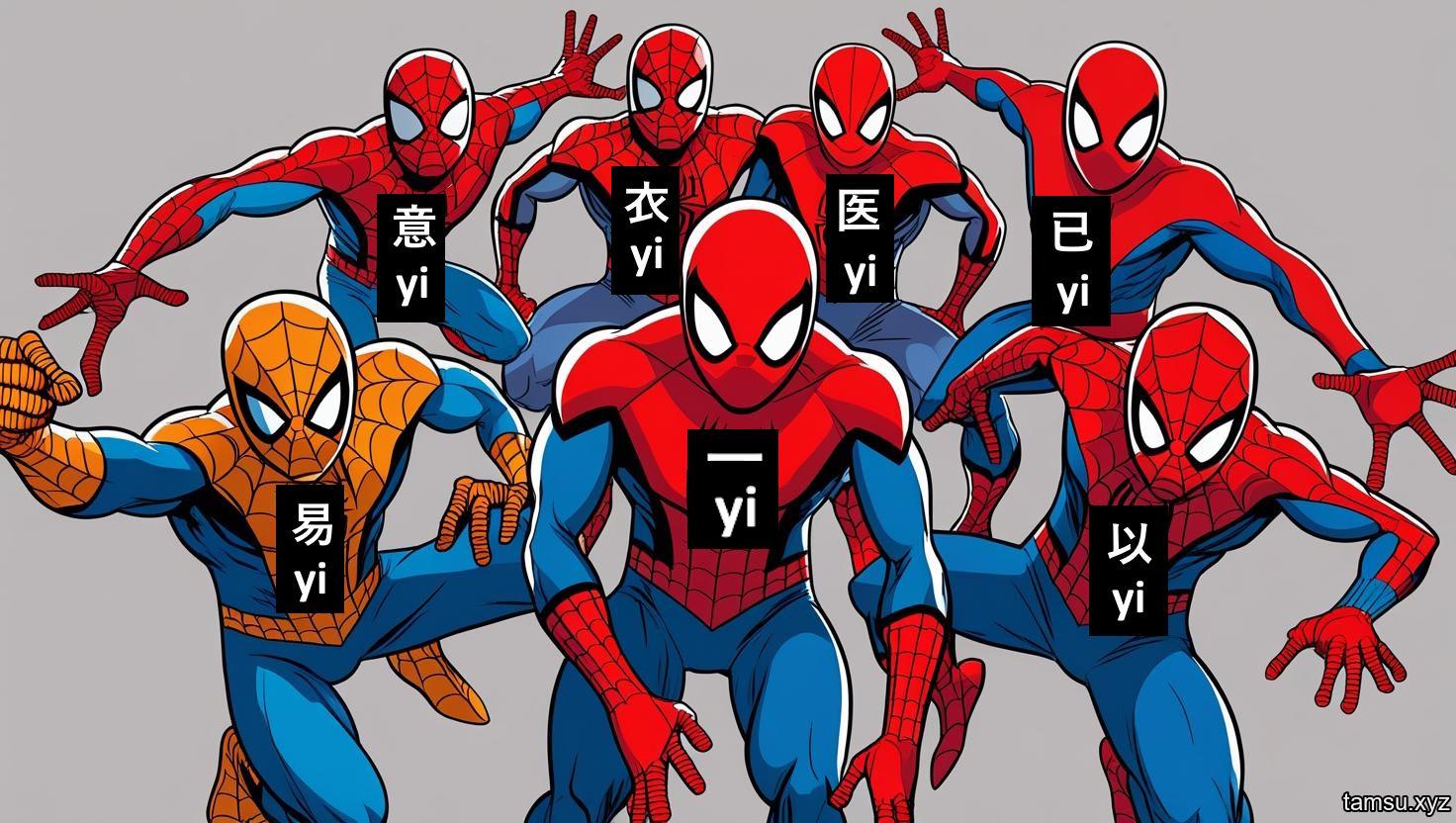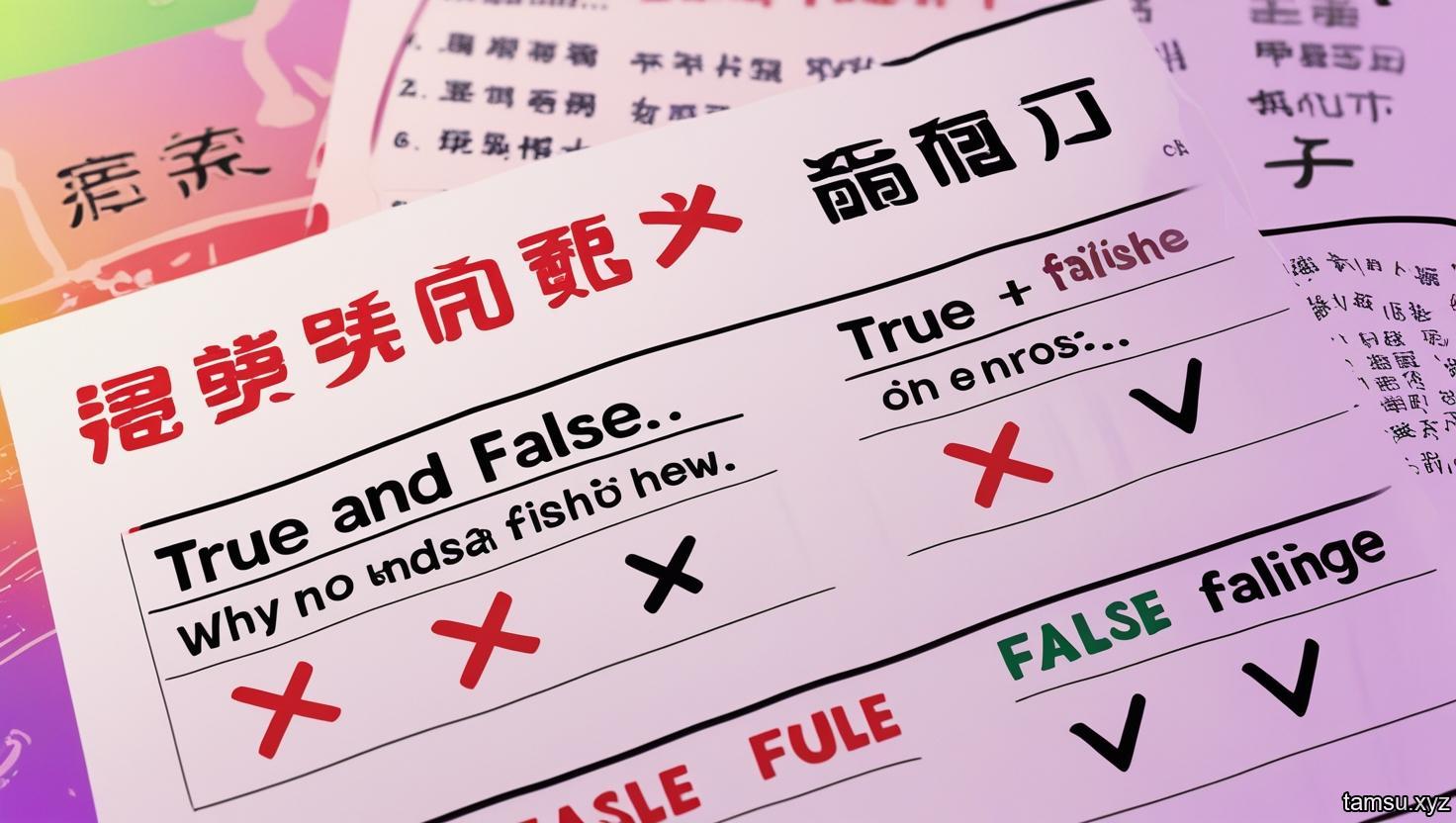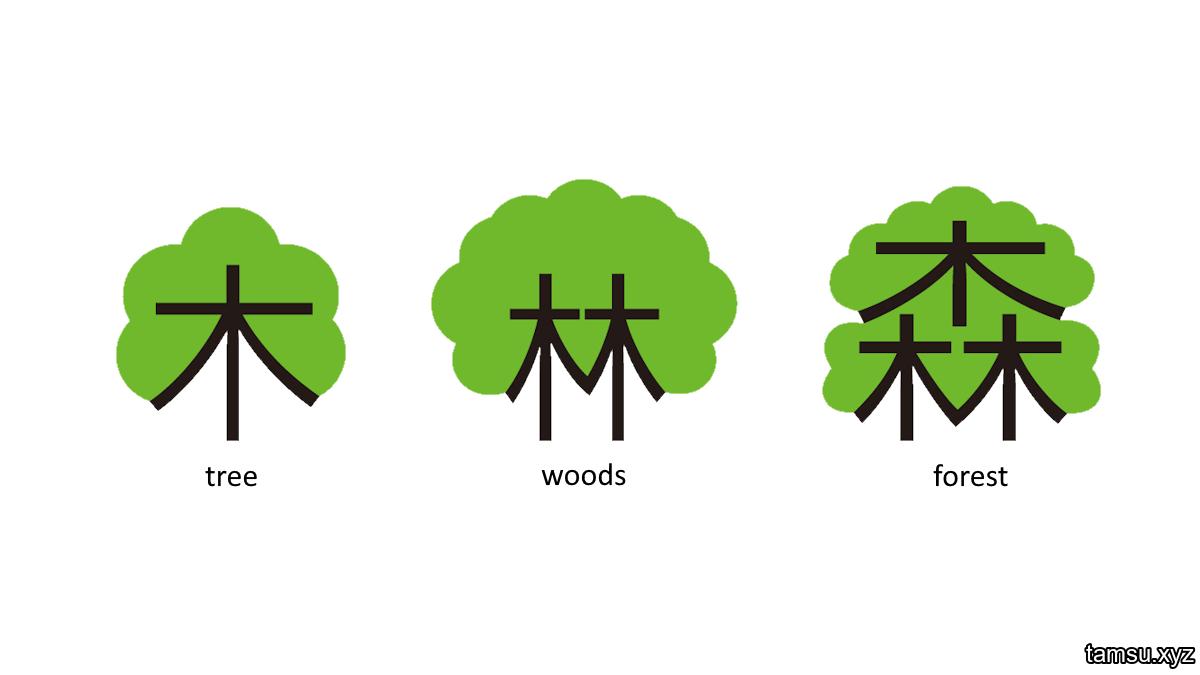📘 What are synonyms and antonyms?
When learning Chinese, you will encounter many pairs of words that have similar (近义词) or opposite (反义词) meanings. Understanding and practicing these words will help you:
- Expand your vocabulary.
- Express yourself more richly.
- Understand nuances and contexts of use from.
🔹 Synonyms in Chinese (近义词)
Definition: Two or more words that have similar meanings but differ in nuance, usage, or context.
Examples:
- 高兴 (gāoxìng – happy) ↔ 开心 (kāixīn – happy)
→ Used interchangeably in normal conversation. - 生气 (shēngqì – angry) ↔ 愤怒 (fènnù – angry)
→ 愤怒 has a stronger nuance, often used in writing.
Note: Many pairs of synonyms have slight differences in sentiment, formality, or context (colloquial vs. written).
🔸 Antonyms in Chinese (反义词)
Definition: Two words with opposite meanings.
Example:
- 大 (dà – big) ↔ 小 (xiǎo – small)
- 快 (kuài – fast) ↔ 慢 (màn – slow)
- 热 (rè – hot) ↔ 冷 (lěng – cold)
- 高 (gāo – high) ↔ 低 (dī – low)
Antonyms are useful when you want to describe differences, make comparisons, or make negative sentences.
📄 Compare with English
In English, synonyms and antonyms often have a clear connection and are listed in pairs. For example: happy – sad, big – small.
In Chinese, you need to pay more attention to:
- Slight changes in tone between close words meaning.
- Word usage depends more on context.
- There are not always pairs of words with “exact opposite meanings”.
🧠 How to learn effectively?
- Choose a familiar word you have learned.
- Ask AI to suggest 3 synonyms and 3 antonyms with examples.
- Compare the contexts of use of similar words.
- Write a sentence or paragraph with both the original word and synonyms/antonyms.
For example, you type into AI: “近义词 for 快乐 with example sentences”
The result may be:高兴、开心、愉快 – with 3 example sentences.
⚡ Quick learning tips
- Study in pairs: One word → Memorize the accompanying synonym/antonym.
- Use flashcards: One side is the word, the other side is the opposite/synonym + example sentences.
- Practice speaking: Use AI Q&A to respond to antonyms faster.
📌 Conclusion
Synonyms and antonyms are great tools to help you improve your ability to express yourself in Chinese. When you know how to use synonyms and antonyms correctly, you will:
- Speak more flexibly, without repeating words.
- Write richer, more natural paragraphs.
- Get a deeper understanding of the semantic nuances in each word.
Start with 1 word today – expand to 6 words using synonyms and antonyms. It's a smart and effective way to learn!






